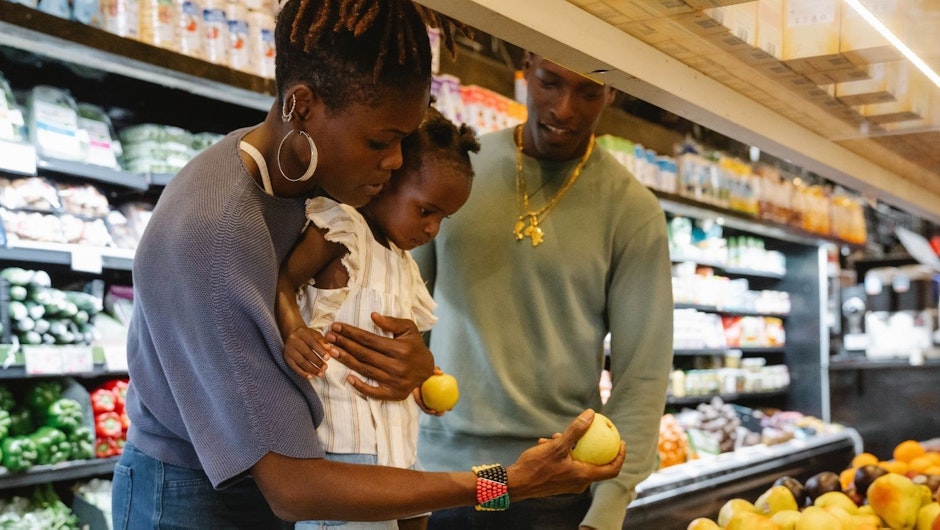The democratic household: Why kids hold the key to household purchasing decisions
The balance of power within the family has shifted

The sway kids have when it comes to purchasing power is well understood when it comes to kid relevant products such as toys and board games. In Europe, 82% of parents with kids aged one to six say that their kid influences what toys they buy.* Many businesses have recognized the importance of understanding the interests and attitudes of kids and sought out the opinions of younger consumers directly. In 2021, both IKEA UK and Toys R Us Canada employed a kid under the age of 12 as chief play officer, who was a tasked with testing new products before they were launched. Similarly, Microsoft have a department dedicated to game testing which looks to recruit kids aged 12-18. This signals how leading brands are placing kids at the centre of the production process.
Extensive influence
Moving outside of these conventional ‘kid friendly’ sectors, we also see more indirect influence coming into play. The number of parents in the UK saying that their kids influence ‘larger’ household decisions has increased across a number of categories, including smartphones (+14%), kitchen appliances (+13%) and new cars (+10%). The wide range of products that parents consider their kids when making a purchase decision highlights the importance of engaging this demographic.
There has also been some significant increases in kid influence over luxury purchases. For example, over the last six months, more parents with kids aged three to five report that their preschoolers influence decisions concerning treats (+12%), restaurants (+10%) and holidays (+10%). At a global level, the economy, finances and money make up three of the top five biggest concerns within the family space on average. As expenditure occupies a huge space in family decisions, it makes sense that parents are looking to appease their kids as well as themselves. When it comes to these non-essential purchases, parents are likely to lean more on their kids for input as they look to treat them and create memories together.
Ageing down
Parents are implicitly considering the wants and needs of the very youngest children when deciding what to purchase. When comparing 2020 to 2021, the influence of preschoolers in particular has grown across all product categories. Over the last twelve months, 57% of parents in the UK with kids aged one to three agree that their kid influences which household essentials they purchase. As kids gain more ground in family decisions from a younger age, it is important for brands to understand how to appeal to the preschool demographic, despite this age group being typically overlooked in the past. Building appeal across the family means increasing the likelihood that brand advocacy will be passed down the generations and shared to other friends and family.
In the last five to ten years, shopping has moved onto digital platforms and online browsing is more popular than ever. Parents are turning to their kids for help when navigating these platforms as the next generation are natives in the digital space. This means that kids are being included in the purchase process for new clothes and electronics as well as weekly grocery shops. To engage the family market, information and products must be accessible and as easy to use as possible. This will enable brands to earn parents’ trust and help build confidence in products and services by helping them to stay informed.
Family values
As the family becomes a key target audience, it is crucial for brands to understand the importance of representation. Kids and millennial parents value equality and fair opportunities. It is therefore key to reflect the modern family in all forms, in terms of appearance, interests and background. One example is the series of ‘We Are Family’ ads launched by food producers McCain, which featured a range of real families from a diverse range of races, backgrounds, genders and abilities. When developing advertising and marketing strategies, consumers are likely to respond well to individual stories and real people as they are more relevant and engaging.
Understanding the attitudes, behaviors and consumption patterns of young consumers will ensure that brands can appeal to kids and carve a space for themselves in the family ecosystem. Brands have to appeal to parents and kids and also understand how these relationships function together. A range of interactions and preferences all combine to form a household that is always switched on. This requires a broad set of demands which need to be catered for across an ever-growing number of touchpoints.
* All data from the last six months of Kids Insights data (October 2021 – April 2022)
Get more insights into the latest trends in the kids, parents and family market here: get.theinsightsfamily.com/familyreport2022

